 Trees often shed their leaves during the peak of autumn in Lake Stevens. By spring, the trees are supposed to grow back vibrant green leaves. However, what if the tree is shedding some of its leaves instead? Learn about spring leaf shedding and whether this is common and warrants emergency tree service.
Trees often shed their leaves during the peak of autumn in Lake Stevens. By spring, the trees are supposed to grow back vibrant green leaves. However, what if the tree is shedding some of its leaves instead? Learn about spring leaf shedding and whether this is common and warrants emergency tree service.
The Reason for Spring Leaf Shedding in Lake Stevens
Trees shedding in spring is actually normal behavior. Some species that shed during this season include:
- Hickory
- Southern Magnolia
- Live Oak
- Hackberry
These trees shed in spring because they maintain some of their leaves during the prior winter. These leaves age and must eventually go. New lush and green leaves will soon take their place. Continue Reading →
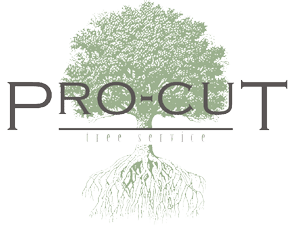
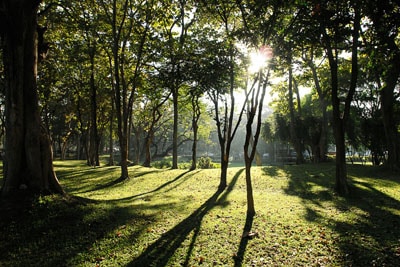
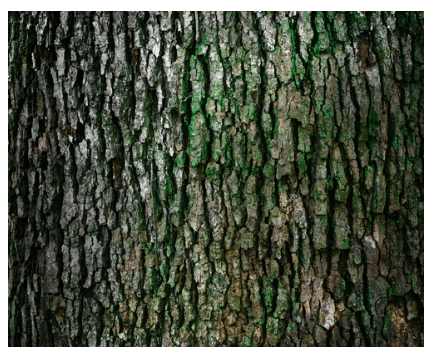
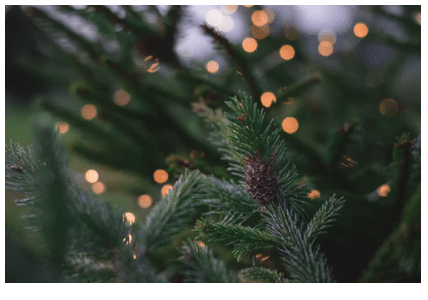
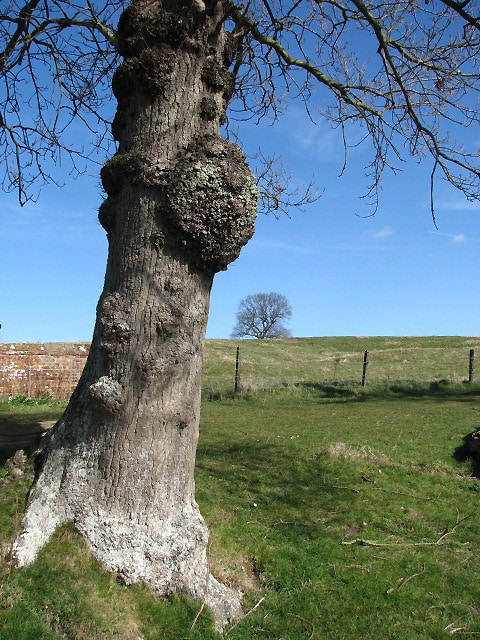
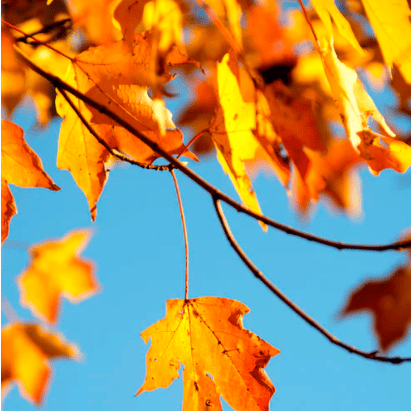
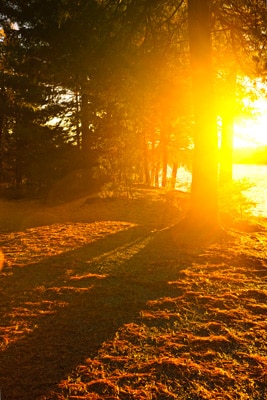 Fall has arrived. Many native Pacific Northwestern deciduous trees shed their leaves during this season. Typically, homeowners want to rake up and bag the leaves. However, we recommend leaving leaves alone. This is a strategic method of
Fall has arrived. Many native Pacific Northwestern deciduous trees shed their leaves during this season. Typically, homeowners want to rake up and bag the leaves. However, we recommend leaving leaves alone. This is a strategic method of 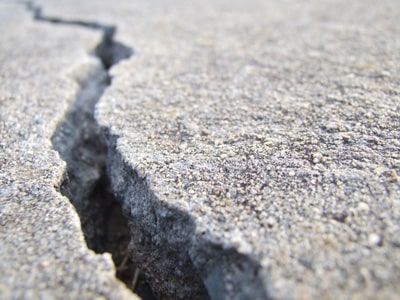 The tree on your property adds tremendous curb appeal. However, the roots underneath are capable of immense destruction. Is the sidewalk beyond your home splitting or bulging? Sidewalk tree damage can be a serious problem in the Marysville region.
The tree on your property adds tremendous curb appeal. However, the roots underneath are capable of immense destruction. Is the sidewalk beyond your home splitting or bulging? Sidewalk tree damage can be a serious problem in the Marysville region.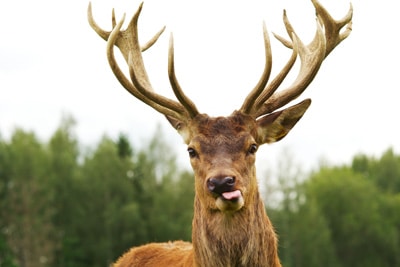 The Pacific Northwest has quite a significant deer population. If you live closer to the rural regions, expect to spot a buck or doe every once in a while. Seeing one is a pleasant experience. Unfortunately, if they scamper into your residence, they can cause major damage to your trees. We’ll discuss how you can protect trees from deer.
The Pacific Northwest has quite a significant deer population. If you live closer to the rural regions, expect to spot a buck or doe every once in a while. Seeing one is a pleasant experience. Unfortunately, if they scamper into your residence, they can cause major damage to your trees. We’ll discuss how you can protect trees from deer.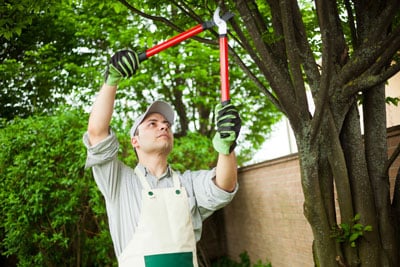 Most residents treat the terms tree trimming and pruning as one and the same.
Most residents treat the terms tree trimming and pruning as one and the same.